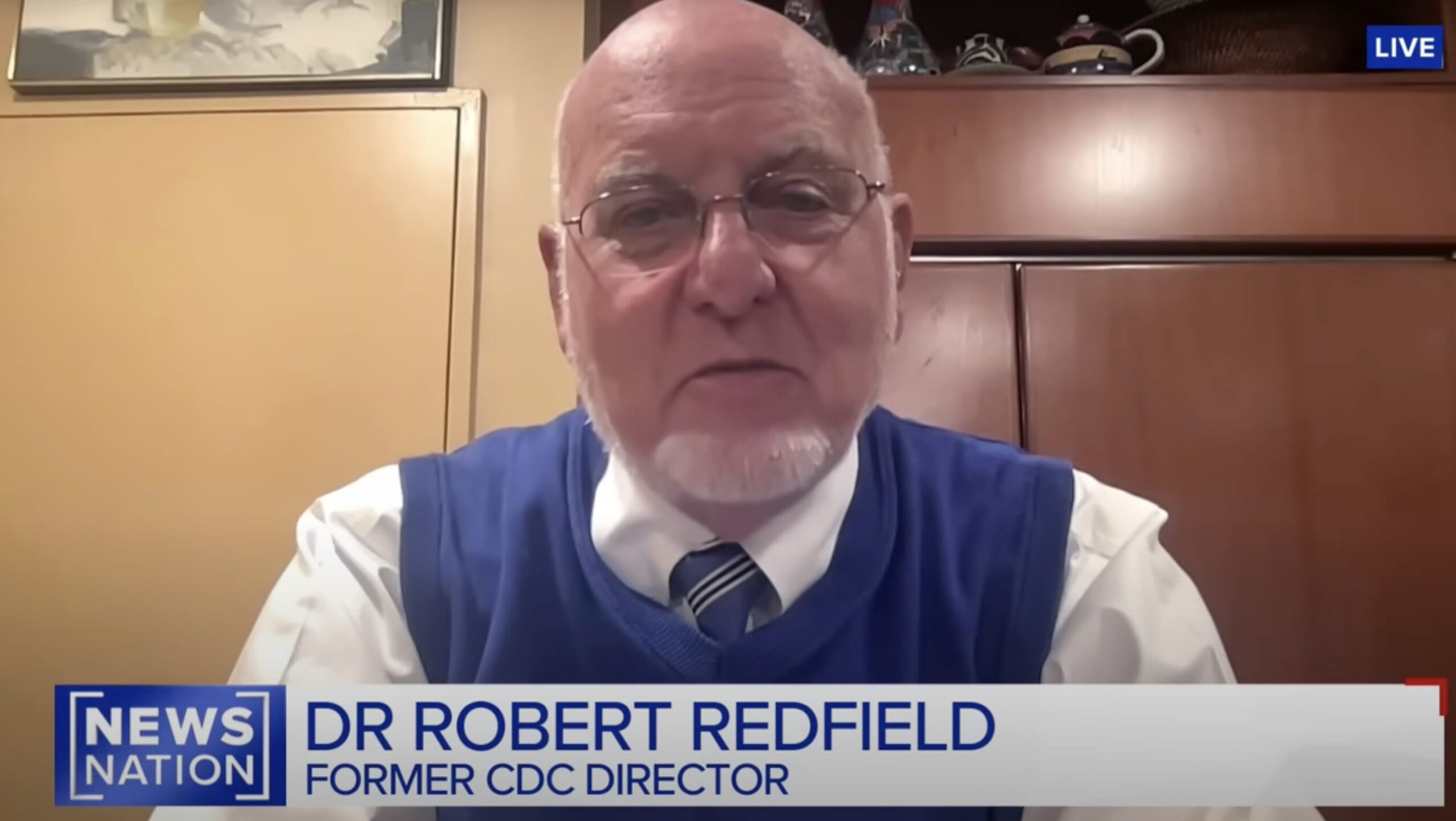Two years into the COVID pandemic, and we still don’t have a way to determine for sure whether the immunity you gain from either an infection or the vaccine is sufficient to protect from reinfection or from serious illness. We call it a correlate of protection. We can still only guess.
Don’t get me wrong, the biotechnology of detection has brought us a long way in two years, the PCR test we developed in early 2020 has remained a very valuable tool even against the highly mutated emerging variants, and repeated rapid testing is accurate especially when you have COVID-type symptoms.
But what is still lacking is a simple test to determine effective antibodies against COVID-19, including the current omicron variant. This is especially important now that we know many hospitalized patients are not only unvaccinated, but have previous infections from delta, alpha, or the original SARS-COV-2 strains.
Consider that according to the Centers for Disease Control and Prevention and seroprevalence data, approximately 145 million Americans had been infected by October with about an additional 125 million infections since. Most estimates suggest that we officially diagnose about 1 in 4 infections. Officially, there have been more than 77 million cases, but the real number is probably closer to 270 million, which means that reinfection is playing a substantial role.
We still haven’t passed through the powerful omicron wave yet. Close to 85,000 COVID patients are still filling our hospitals. Multiple studies from the United Kingdom, Kaiser Permanente and CDC have shown that vaccinated and recently boosted patients have approximately 90 percent less of a chance of being hospitalized. Unfortunately, according to recent CDC data, only 42 percent of all adults nationwide who are eligible have received a vaccine booster, an inadequate number.
It is clear our hospitals have filled with people who have had COVID previously as well as people who aren’t sufficiently protected by the vaccine — due to either immune evasion or waning. This is on top of the core group that have had neither vaccine nor previous infection.
It is also clear that previous infection with COVID provides a valuable source of immunity against reinfection, but this protection doesn’t last forever and doesn’t always protect us against the immuno-evasive omicron variant. A new study from Qatar just published in the New England Journal of Medicine shows that previous infection provided 60 percent protection against omicron with substantial protection against hospitalization, but we haven’t seen the same pattern here in the U.S.
As a country, our approach has been too narrow and rigid. On the one hand, we don’t acknowledge that recent infection provides protection, the way Israel does. On the other hand, we narrowly stick to the view that the vaccine provides complete protection when it does no such thing, especially against omicron.
Israel, on the other hand, acknowledges the protective quality of recent infection and accepts positive antibody titer tests to document that for entry from travelers. We have seen this policy successfully applied to our patients traveling to Israel for several months, and its lacking here in the U.S. has deepened the divisiveness as those recovering from infection are marginalized despite having some degree of immunity.
We need a titers test to measure antibodies instead of more political rhetoric. We need to develop a cut-off point for antibodies, no matter how you got them, whether via infection or vaccination, that we can all agree to rely on as a marker of immunity. In the meantime, we can tell you that a low antibody to the nuclear capsid after you were sick with COVID means that you probably didn’t retain sufficient immunity from your infection and that a low spike antibody protein means you probably need an additional booster. But what number is sufficient to say you are protected against an omicron infection? We don’t know, but we have the technology we need to establish this.
It is time to prioritize the conduct of clinical studies to validate the level of COVID-19 immunity that correlates with protection. CDC Director Rochelle Walensky mentioned in an interview on Doctor Radio Reports last week that work is ongoing on this, but we think progress is too slow.
One example we propose is conducting a prospective study of cruise ship crew members. Presently most crew members are tested for COVID-19 infection two times per week. Our plan would be to couple this with monthly blood and saliva samples which would be stored and then evaluated after infections were diagnosed comparing those who experienced infection with those who did not. In this way, we could determine a cutoff number of antibodies above which you are likely protected, whether it’s from vaccination or a recent infection.
We have a good idea of how prevalent the virus is. The omicron variant is clearly dropping. We need to shift the focus to a greater understanding of how protected we are from it and other variants that may emerge.
Robert Redfield, M.D., is an American virologist and senior public health adviser to Governor Hogan and the state of Maryland. Redfield served as the director of the Centers for Disease Control and Prevention and the administrator of the Agency for Toxic Substances and Disease Registry from 2018 to 2021.






